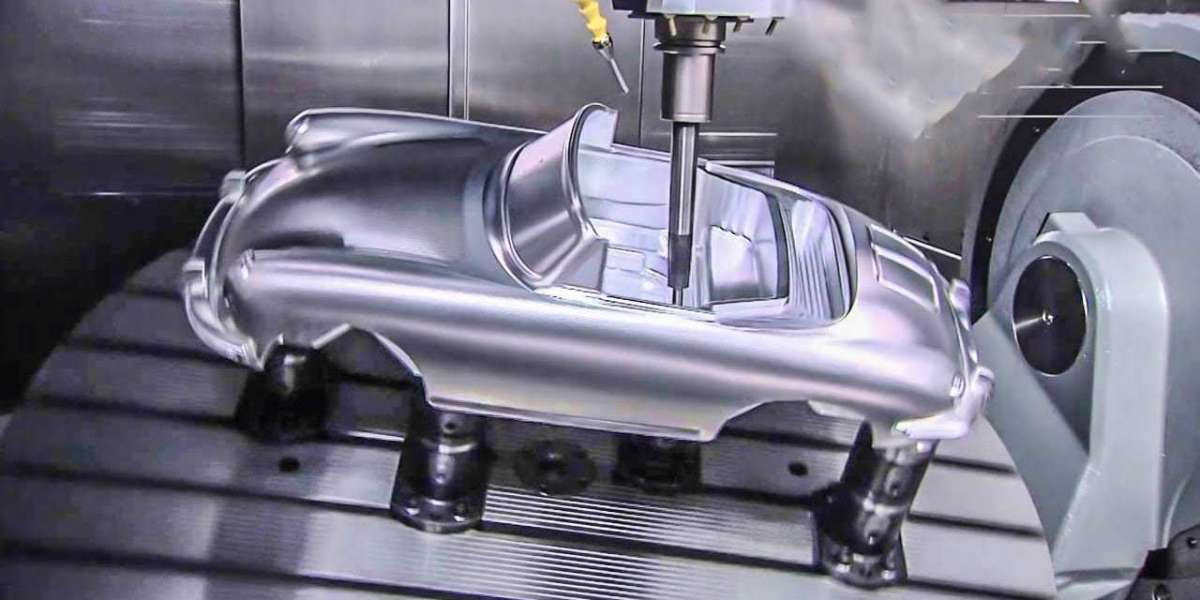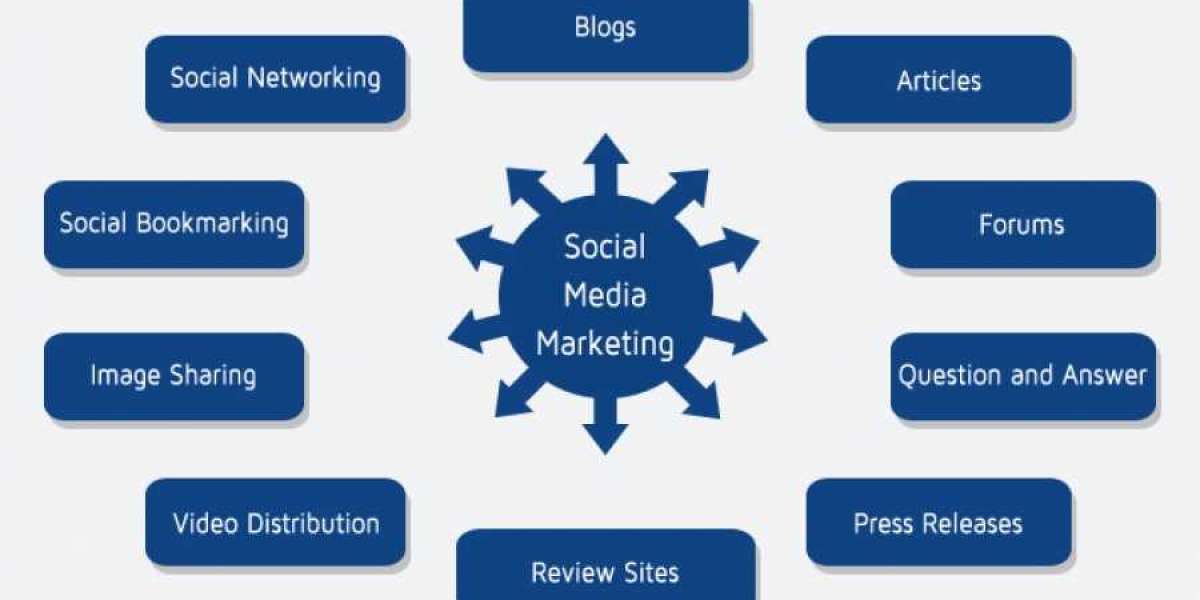3D printing equipment manufacturing enterprises are the starting point, and they are analyzed using PEST analysis, the five forces model, and the SWOT model. From the macro and micro levels, they are deeply analyzed to provide relevant development suggestions for 3D printing midstream enterprises.
At the moment, the 3D printing industry in my country is developing rapidly with the support of the government, and 3D printer manufacturing enterprises, as the midstream industry of 3D printing, are confronted with a unique set of circumstances and conditions. The question of how to achieve sustainable development in the face of the current social environment is extremely important for 3D printer manufacturing businesses. A detailed analysis of 3D printing manufacturing companies is carried out in this context by the author, who employs relevant management models to do so.
Political climate is number one.
With the rapid development of the 3D printing industry, the main bearer of the 3D printing industry, 3D printers, has entered a golden age of research and development as well as sales and marketing. In my country, the quality and advancement of 3D printer technology will have a direct impact on the development of the 3D printing industry in general. As a result, the Chinese government has issued a number of policies in recent years to encourage Online 3D Printing the development of 3D printer manufacturing enterprises, and a correspondingly large number of policies to encourage the advancement of printer skills.

Recently, experts from the High-tech Department of the Ministry of Science and Technology in Nanjing listened to the opinions and suggestions of the business community and engaged in more in-depth discussions on the development strategy of my country's 3D printing manufacturing capabilities in order to reach a broader consensus. This was done in order to fully listen to all parties and reach a broader consensus. It was chosen as the initial development concept. During the meeting, the expert group presented the Preliminary Considerations on the Development Strategy of my country's 3D Printing Technology, which included representatives from the Eighth Institute of Aerospace Engineering, Shenyang Aircraft, Shaanxi Hengtong, Beijing Longyuan, Wuxi Yiwei, and Shanghai Law. Representatives from 12 enterprises, including Cheng, Shanghai Aowei, and Suzhou Xinjian, among others, engaged in a lively discussion on theThe Preliminary Considerations on my country's 3D Printing Technology Development Strategy, according to industry insiders, is expected to lay the groundwork for the introduction of 3D printing-related industrial policies, and the 3D printing concept is expected to usher in a new era of supportive policies.
There is no doubt that the policies of the Chinese government will benefit 3D manufacturing enterprises, allowing them to achieve a new round of progress in the future. In order to establish a 3D printer manufacturing company, it is necessary to incur a certain cost of entry. As a result, policies such as software and hardware support for industrial parks, bank credit support, and other measures must be put in place to create a green channel for printer manufacturing companies to enter the market.3D printing, on the other hand, is a rapidly evolving industry that necessitates a high level of expertise. As a result of the implementation of government policies, economic assistance and technical guidance have been provided to enterprises engaged in research and development, and a channel has been opened for the introduction of advanced skills into the international marketplace. In a nutshell, with the support of government policies, the 3D printer manufacturing industry in my country will produce beautiful flowers in the fertile soil that has been cultivated by the government.
2. The Business Environment
The expansion of my country's economic level creates a favorable environment for the midstream businesses in the 3D manufacturing industry. The acceleration of my country's industrial transformation and upgrading is, at least in the short term, conducive to a rapid expansion of the market demand for 3D printing products. As land, labor, and other input costs have risen at an alarming rate in recent years, my country's need for industrial transformation and upgrading has become more and more pressing. The pace of industrial transformation and upgrading in my country will be accelerated even further in this context. Chinese companies will reduce the time it takes for new products to reach the market and improve the quality of their products. The demand for design capabilities is increasing all of the time, and the 3D printer manufacturing industry is perfectly suited to meet the needs of the industrial transformation that is currently underway. As a result, the demand for 3D printing equipment for product design and prototype development will continue to grow over time, and the economic environment is favorable for the development of 3D midstream enterprises in the future. Additionally, the rapid development of the aerospace, national defense, and military industries has resulted in an increase in the demand for 3D printing equipment on an as-needed basis. My country is undergoing a period of rapid development in the aerospace, national defense, and military sectors. The inclusion of aviation equipment, satellites, and applications in the national strategic emerging industries program will provide critical support. Precision laser 3D printing techniques such as near-net-shape printing, for example, will have a lot of room to grow in the manufacturing of complex and difficult-to-process aircraft and satellite parts.
3. Social and cultural environment
In terms of the current social environment, the majority of current 3D printer companies have grown as a result of the expansion of index corporate users, which is a good thing. Enterprise customers have always been important indicators of the success of 3D printer manufacturers' products.
A large number of ordinary people, on the other hand, became interested in 3D printing at the beginning of the process. This level of interest not only demonstrates that an increasing number of people are becoming aware of the existence of 3D printing and have formed their own preliminary judgments about its functions and principles, but it also demonstrates that an increasing number of people are attempting to learn more about 3D printing. Mysteries abound, and people are eager to witness the magical effects of 3D printing, understand the operation of 3D printers, and experience the transformations brought about by 3D printing from the virtual to the real world and vice versa. In this particular case, an increasing number of 3D printer manufacturers initially focused their attention on the market for small home printers and developed a development route for producing and developing personalized small printers on a small scale.
Small printers account for approximately half of the market share held by several 3D printer manufacturers surveyed by our team. The advancement of quality education has led to an increase in the number of primary and secondary schools working to provide students with a better learning environment and more educational opportunities. In this context, the laboratories of primary and secondary schools have also emerged as a significant source of revenue for small printer manufacturers. Aside from that, the pursuit of 3D printers by individual enthusiasts has naturally evolved into a major driving force in the 3D printer industry.

4. Skill-Development Environment
Technology for 3D printing has emerged in recent years and is considered to be a revolution in the field.3D printing has a wide range of applications and has a bright future ahead of it. In theory, as 3D printing skills develop and new printing materials 3D Printing Services are introduced, it will be able to print anything, including human organs, buildings, machinery, and other objects, and as long as the model to be printed is represented on the computer, it will be possible to achieve it to a very high degree. While traditional manufacturing techniques such as injection molding can produce polymer products in large quantities at a lower cost, 3D printing techniques can produce relatively small quantities of products in a more rapid, more flexible, and lower-cost manner than traditional manufacturing techniques. When it comes to creating models, a desktop-sized 3D printer can meet the needs of a designer or a concept development team.
Because 3D printing is a revolutionary industry, and because research and development in 3D printing technology is extremely abundant around the world, 3D printer manufacturing has a strong technical foundation. However, my country views innovation-driven development as a national strategy for modernizing development methods and speeding up industrial transformation and upgrading. As a result, my country has steadily increased its efforts in the areas of technological innovation and industrial applications research and development.3D printing, as a young industry, offers excellent opportunities for technological advancement and advancement.
There are fewer and fewer restrictions on printer manufacturing these days, which was first manifested in the materials used in 3D printers. Despite the fact that high-end industrial printing can print plastics, certain metals, and ceramics, the materials that cannot be printed are relatively expensive and difficult to come by. Researchers are experimenting with building 3D printers out of materials that are becoming increasingly inexpensive and readily available, and they have made significant advances in the field of multi-material printing. Aside from that, the size and quality of printers are becoming increasingly compact and lightweight. In recent years, 3D printer manufacturers have been able to produce one or even several small printers in a single day, allowing them to not only meet the demands of the market, but also to reduce production time.








